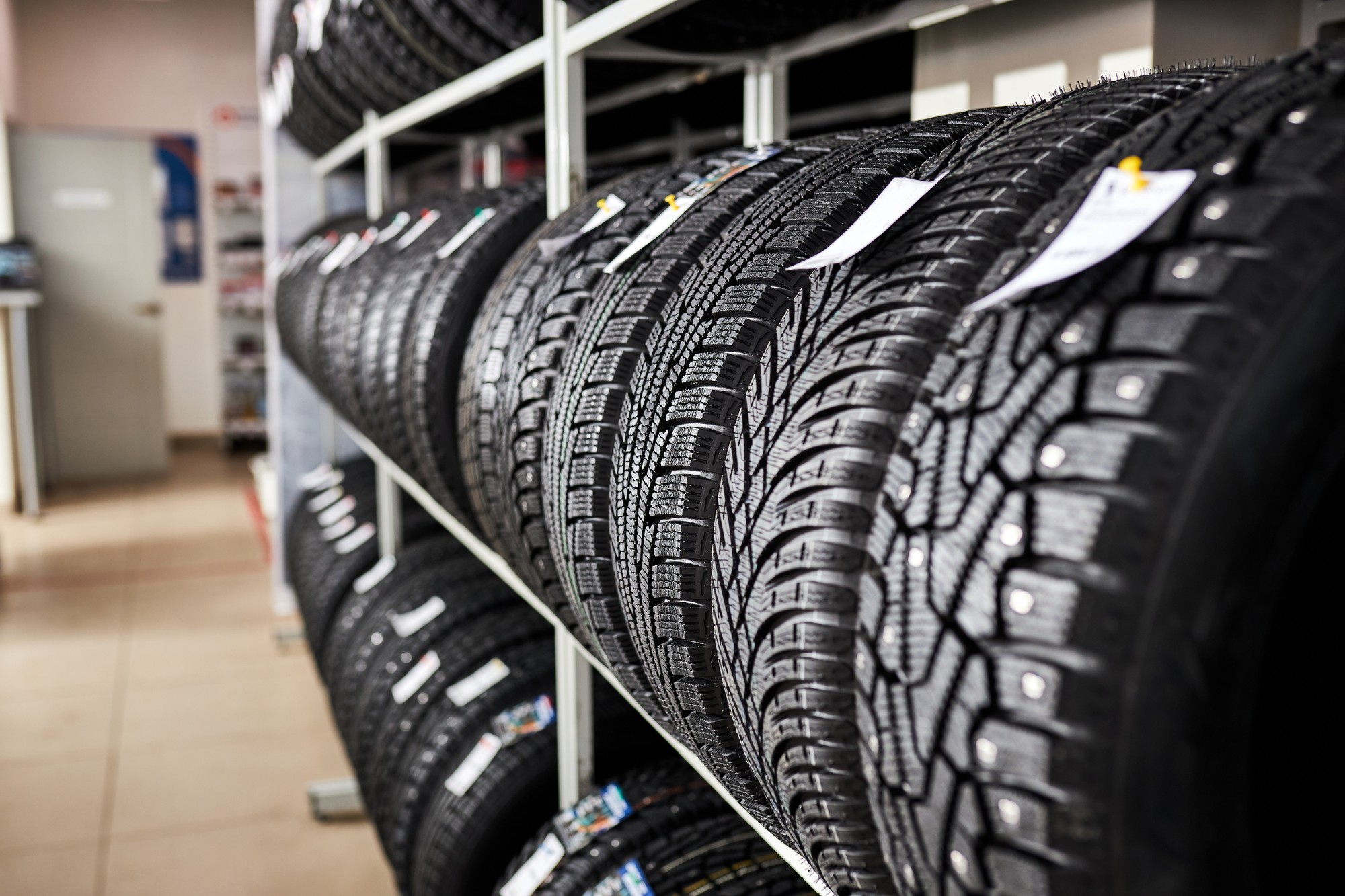Tires are essential components of vehicles, providing traction, stability, and safety. The performance and durability of tires are significantly influenced by the chemical substances used in their manufacturing process. This article explores the various chemical substances used in tire production, their applications, and the environmental and health impacts associated with them.
Chemical Substances Used in Tire Production
1. Natural Rubber (NR)
Natural rubber is derived from the latex of the rubber tree (Hevea brasiliensis). It is a key component in tire production due to its elasticity, resilience, and tensile strength.
2. Synthetic Rubbers
Synthetic rubbers, such as styrene-butadiene rubber (SBR) and butyl rubber, are widely used in tire manufacturing. SBR improves wet grip and rolling resistance, while butyl rubber enhances air retention and durability.
3. Carbon Black
Carbon black is a reinforcing agent that enhances the strength and wear resistance of tires. It is produced by the incomplete combustion of heavy petroleum products and is a critical component in the tread compound.
4. Silica
Silica is used as an alternative to carbon black, particularly in high-performance tires. It improves wet grip and reduces rolling resistance, contributing to better fuel efficiency.
5. Sulfur and Vulcanization Agents
Sulfur is used in the vulcanization process, which cross-links rubber molecules to improve the strength and stability of the tire. Vulcanization agents, such as peroxides and thiurams, are also used to enhance the vulcanization process.
6. Antioxidants and Antiozonants
These chemicals protect tires from degradation caused by oxygen and ozone. Antioxidants prevent the oxidation of rubber, while antiozonants protect against ozone cracking.
7. Plasticizers and Softeners
Plasticizers and softeners, such as oils and resins, are used to improve the processability and flexibility of the rubber compound. They help in achieving the desired physical properties of the tire.
Applications
1. Tread Compound
The tread compound is the outermost layer of the tire and is responsible for providing traction and wear resistance. Chemical substances like carbon black, silica, and synthetic rubbers are crucial in this layer.
2. Sidewall Compound
The sidewall compound is designed to be flexible and resistant to cracking. Antioxidants and antiozonants are used to protect the sidewall from environmental factors.
3. Belt and Ply Compounds
These compounds are used in the reinforcement layers of the tire to provide strength and stability. SBR and butyl rubber are commonly used in these layers.
4. Inner Liner Compound
The inner liner compound is designed to be impermeable to air and is typically made from butyl rubber. This layer ensures that the tire maintains its inflation pressure.
Environmental and Health Impacts
1. Production Process
The production of chemical substances used in tire manufacturing can have significant environmental impacts. For example, the extraction and processing of natural rubber can lead to deforestation and habitat loss. The production of synthetic rubbers and carbon black involves the use of fossil fuels and can result in air and water pollution.
2. Disposal and Recycling
Tires are a significant source of waste, and their disposal can have environmental consequences. When tires are not properly recycled, they can end up in landfills or be burned, releasing harmful chemicals into the environment. However, advancements in tire recycling technologies have helped mitigate these issues.
3. Health Concerns
Exposure to certain chemical substances used in tire production can pose health risks to workers. For example, exposure to carbon black and sulfur can cause respiratory issues. Additionally, the breakdown of tires in the environment can release microplastics and other harmful substances, which can affect human health and wildlife.
Conclusion
The use of chemical substances in tire production is essential for achieving the desired performance and durability. However, it is crucial to consider the environmental and health impacts associated with these substances. By adopting more sustainable practices and developing eco-friendly alternatives, the tire industry can reduce its environmental footprint and ensure the safety of both workers and consumers.




No comment